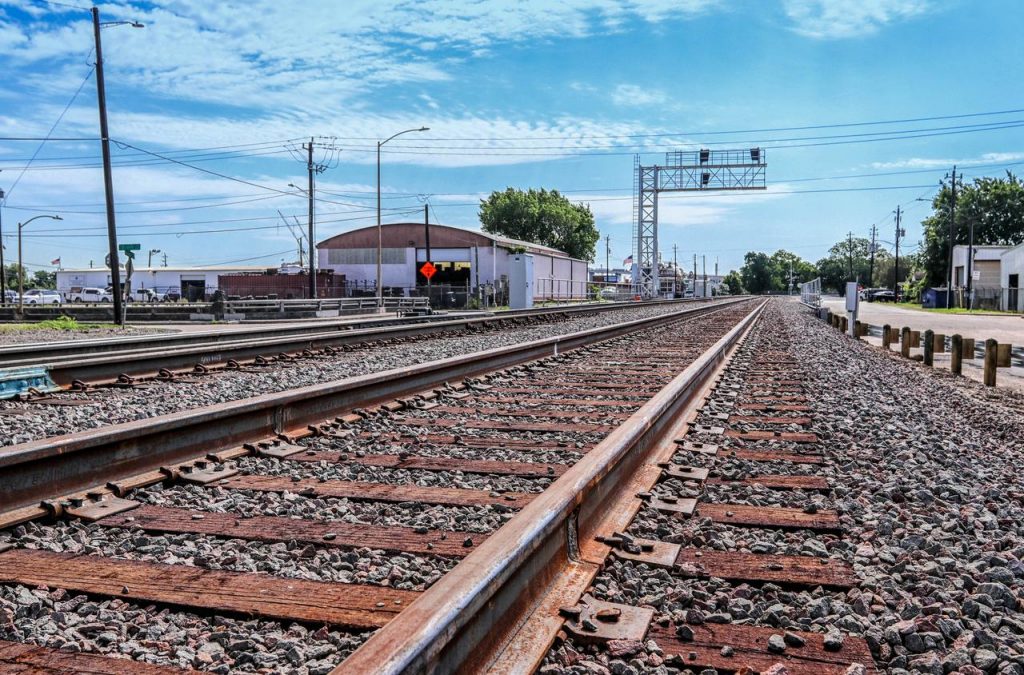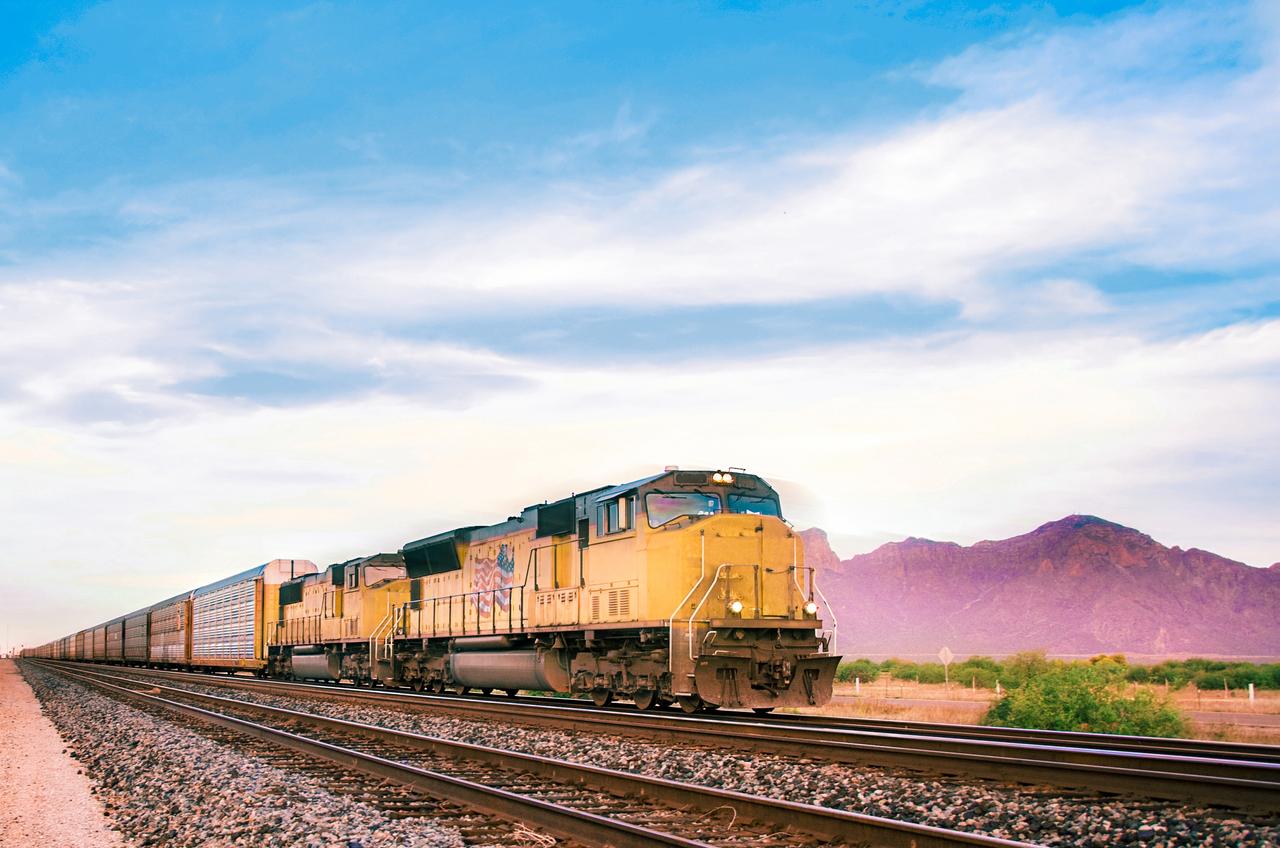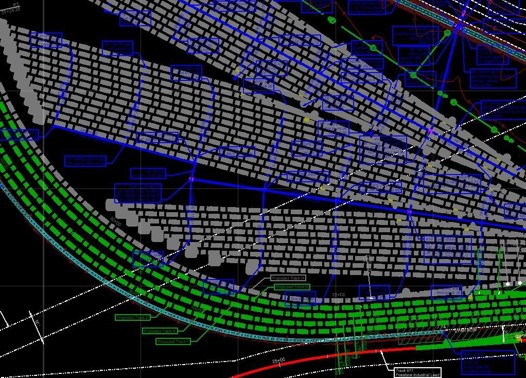
Maximizing Efficiency: Innovations in Freight Rail Logistics and Supply Chains
Freight rail has been a cornerstone of global supply chains for nearly two centuries—and a resilient one at that. The fundamental advantage that made railroads revolutionary in the 1800s—the ability to move massive volumes of goods with remarkable efficiency—remains equally relevant today. Yet, while steel wheels on steel rails still provide the physical foundation for boxcars, modern freight rail systems have come a long way from their historical roots.
Digital technologies, automation, and innovative operating models have transformed esteemed rail lines into dynamic logistic networks that combine historical strengths with modern capabilities. Now, at a time in history when supply chain optimization has become a strategic imperative, freight rail is once again showcasing why it’s the essential backbone for global trade.

The Strategic Role of Rail in Modern Supply Chains
From a logistical standpoint, rail has one immutable advantage: unmatched efficiency in moving large volumes over land. For this reason, it continues to anchor sophisticated supply chains on every major continent.
Rail is particularly effective for bulk commodities and containerized goods traveling great distances. For instance, a single train can replace hundreds of trucks, delivering substantial economic and operational benefits. The advantages don’t stop there, either:
- A typical freight train can move one ton of cargo over 470 miles on a single gallon of fuel—making it up to four times more fuel-efficient than long-haul trucking.
- Rail infrastructure occupies significantly less land than equivalent highway capacity, reducing congestion in urban corridors.
- Lower per-mile costs allow distributors and 3PLs to extend their geographic reach while maintaining competitive pricing structures.

There’s also a certain stable allure to rail, particularly in an era where supply chain disruptions are growing more common (and costly). Its dedicated rights-of-way provide insulation from highway congestion, while its high capacity helps absorb demand surges that would overwhelm other transportation modes. Rail is also safe from disruptive catalysts such as truck driver shortages and surging ocean fuel rates.
All told, freight rail has done more than just persist as a fundamental part of supply chains; it’s continually reestablished itself as one of the most vital channels.
Enhancing Last-Mile Connectivity and Network Integration
Rail isn’t without its shortcomings. A landlocked mode of transit, the historical challenge for rail has always been its fixed infrastructure—the very tracks that enable its remarkable efficiency also constrain its reach. That said, modern rail engineering is preserving rail’s core advantages while extending its effective reach.
Strategic transloading facilities now serve as vital connection points where goods transition seamlessly between transportation channels. These logistics nodes have evolved from simple loading docks to sophisticated hubs, which can include automated handling equipment and advanced management systems. By positioning these facilities near population centers, civil engineers can seamlessly merge rail and OTR trucking to provide targeted distribution flexibility—a symbiotic relationship that optimizes the complete logistics chain.

Digital platforms also play a role in optimizing first and last-mile challenges that have traditionally hampered rail systems. Consider, for example, logistics software that integrates real-time data from railroads, trucking firms, and warehouses in collaborative ecosystems that function as unified networks rather than separate systems. This level of data synergy not only optimizes individual freight channels; it fundamentally interconnects them to create truly seamless supply chains (and unprecedented visibility across them).
Embracing Rail Innovation as a Competitive Advantage
From BNSF and Union Pacific to CSX and Norfolk Southern, it’s impossible to tell the story of supply chains without talking about railroads. As coal moves from the mines in Wyoming to the population centers of the East Coast, or containerized cargo moves from Long Beach to Chicago, these shipments travel routes first imagined by 19th-century industrialists—now orchestrated by 21st-century technology.
The 200-year journey of freight rail illustrates a profound truth about infrastructure evolution: true innovation often comes not from abandoning proven foundations but from enhancing them. For rail infrastructure that blends trusted reliability with a forward-looking approach, contact LJA today.
Rail Services


